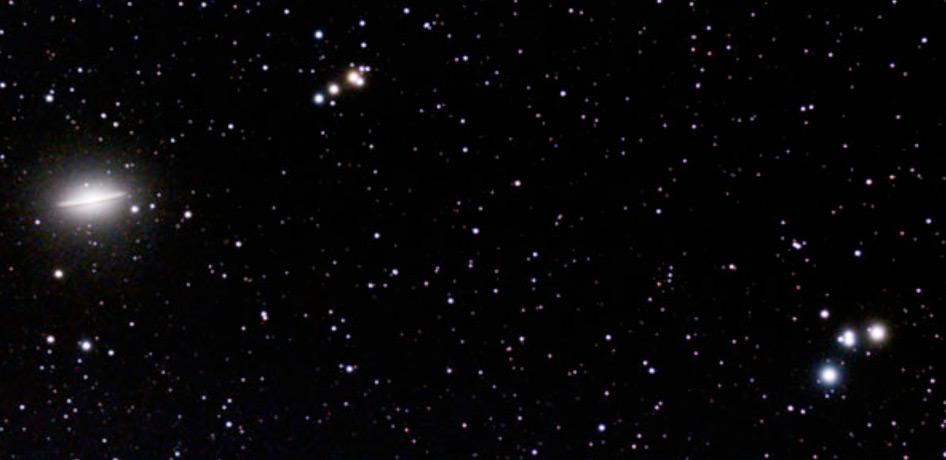The Sky in March
In Like a Lion… Out Like a Lamb
By Francine JacksonObserving Projects for March
Spring Double Stars: The Three Leaps of the Gazelle
: By Nan D'AntuonoSome Bright Winter Double Stars
: By Glenn ChapleSome Bright Spring Double Stars
: By Glenn ChapleA Selection of Double Stars in Gemini
: By Glenn ChapleA Selection of Double Stars in Cancer
: By Glenn ChapleStruve 817 Orionis
: By Glenn Chaple
A Better Galaxy Guide: Late Spring
: By Craig Cortis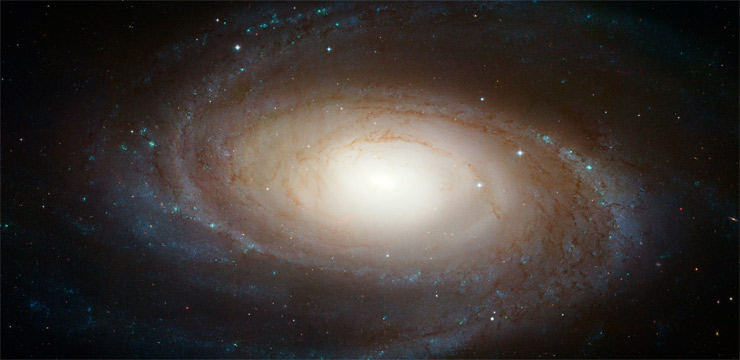
A Better Galaxy Guide: Early Spring
: By Craig Cortis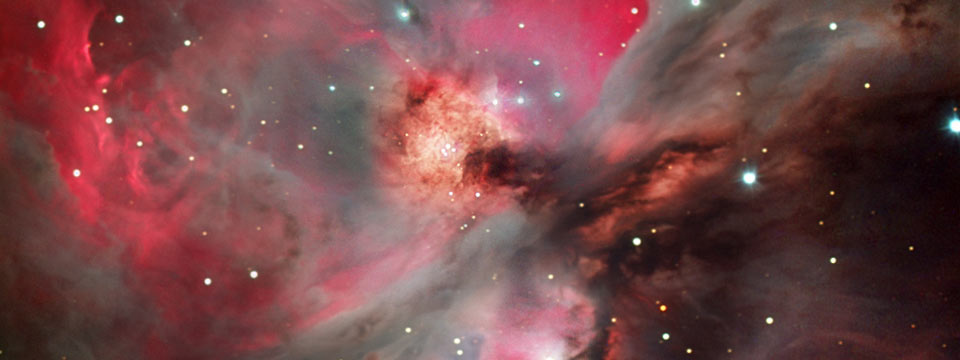
The Winter Circle
: By Dave Huestis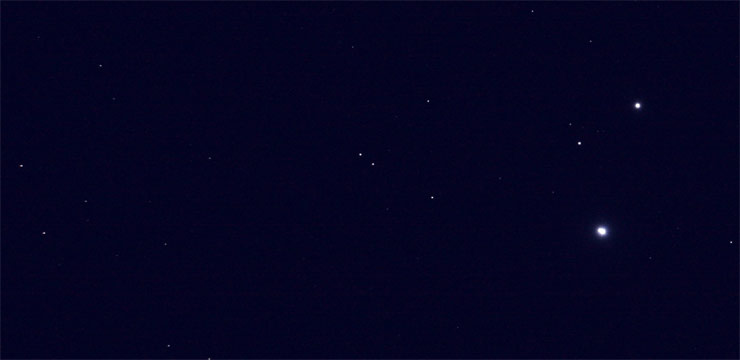
Mizar, The First Double Star
: By Glenn ChapleNGC 2362: Open Cluster in Canis Major
: By Glenn Chapleh 3945 Canis Majoris
: By Glenn ChapleBeta Orionis (Rigel)
: By Glenn ChapleSirius
: By Glenn ChapleCan You Find a Quasar? (You Might be Surprised)
: By Craig CortisCastor: alpha (α) Geminorum
: By Glenn ChapleM40: The “Unknown” Messier Object
: By Glenn Chaple
In Like a Lion… Out Like a Lamb
: By Francine Jackson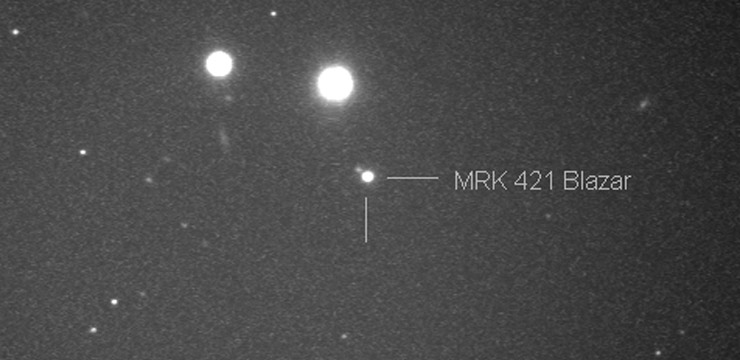
Seeking Markarian 421: The Brightest Blazar
: By Craig CortisNGC 2903: Spiral Galaxy in Leo
: By Glenn Chaple3C 273: Quasar in Virgo
: By Glenn Chaple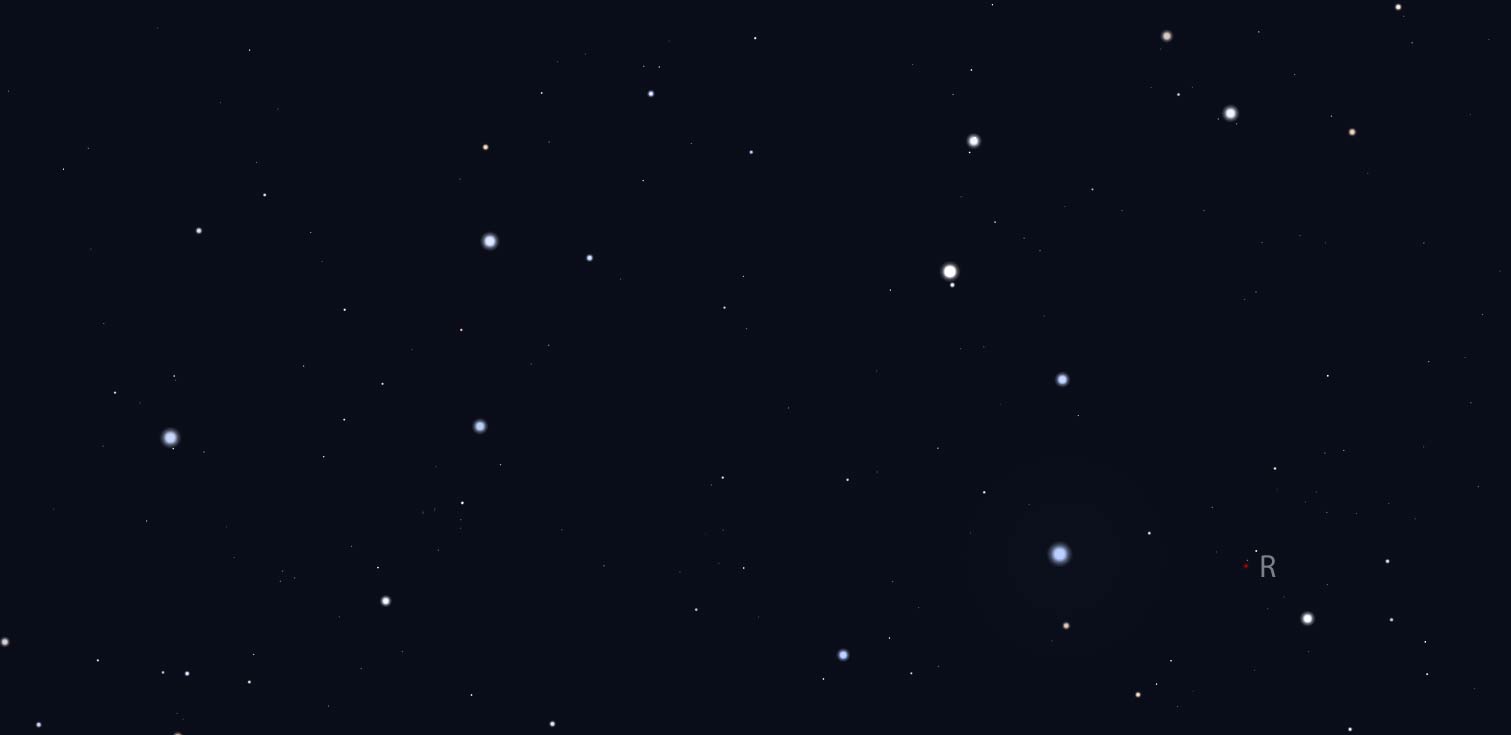
Variable Star R Leonis
: By Glenn ChapleThe Moon in March
: By Francine Jackson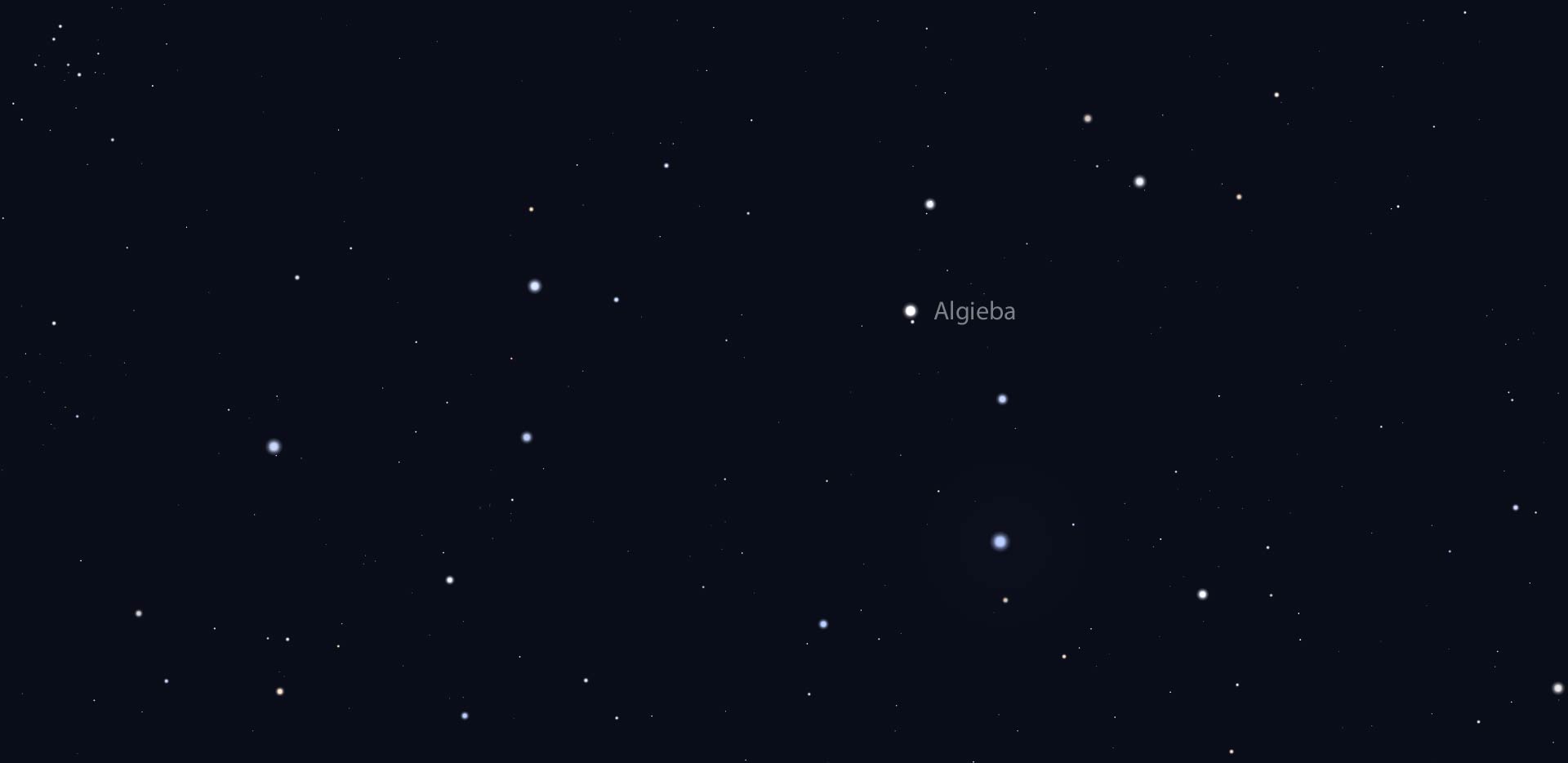
Algieba: Double Star in Leo
: By Glenn Chaple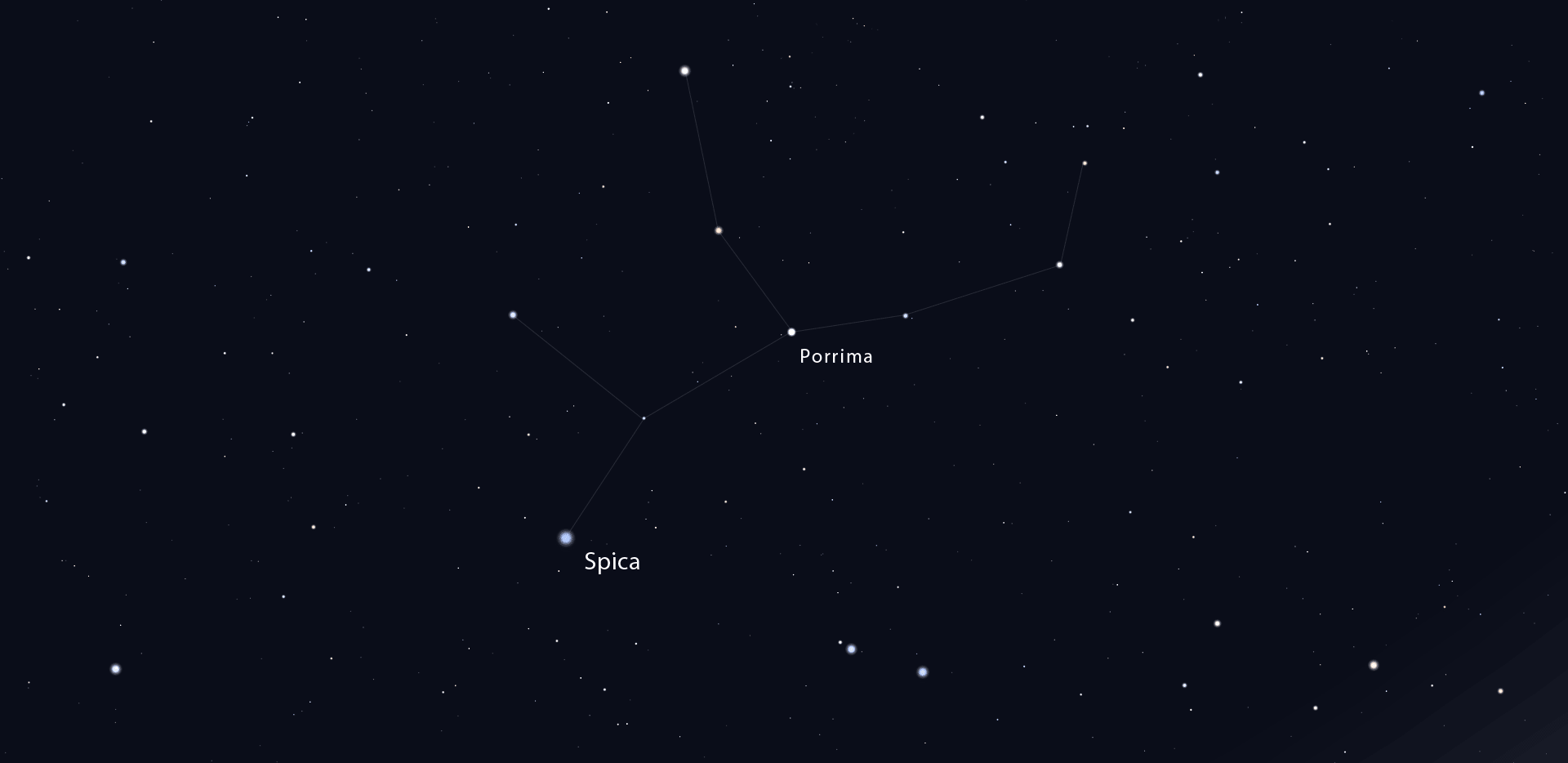
Porrima: Binary Star in Virgo
: By Glenn ChapleBinary Star: Xi Boötes
: By Scott MacNeillA Review of Harrington's Spring Sky Highlights
: By Francine Jackson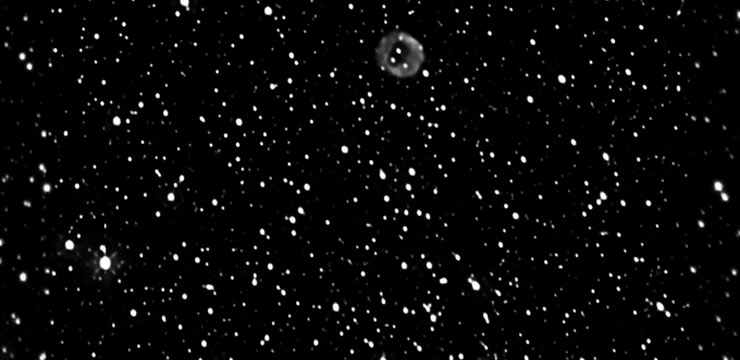
M46 & NGC 2438
: By Glenn ChapleGhost of Jupiter: NGC 3242
: By Glenn Chaple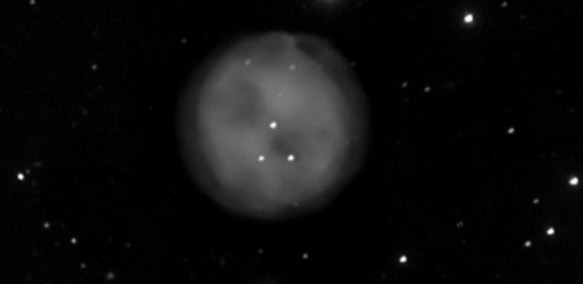
M97: The Owl Nebula
: By Glenn Chaple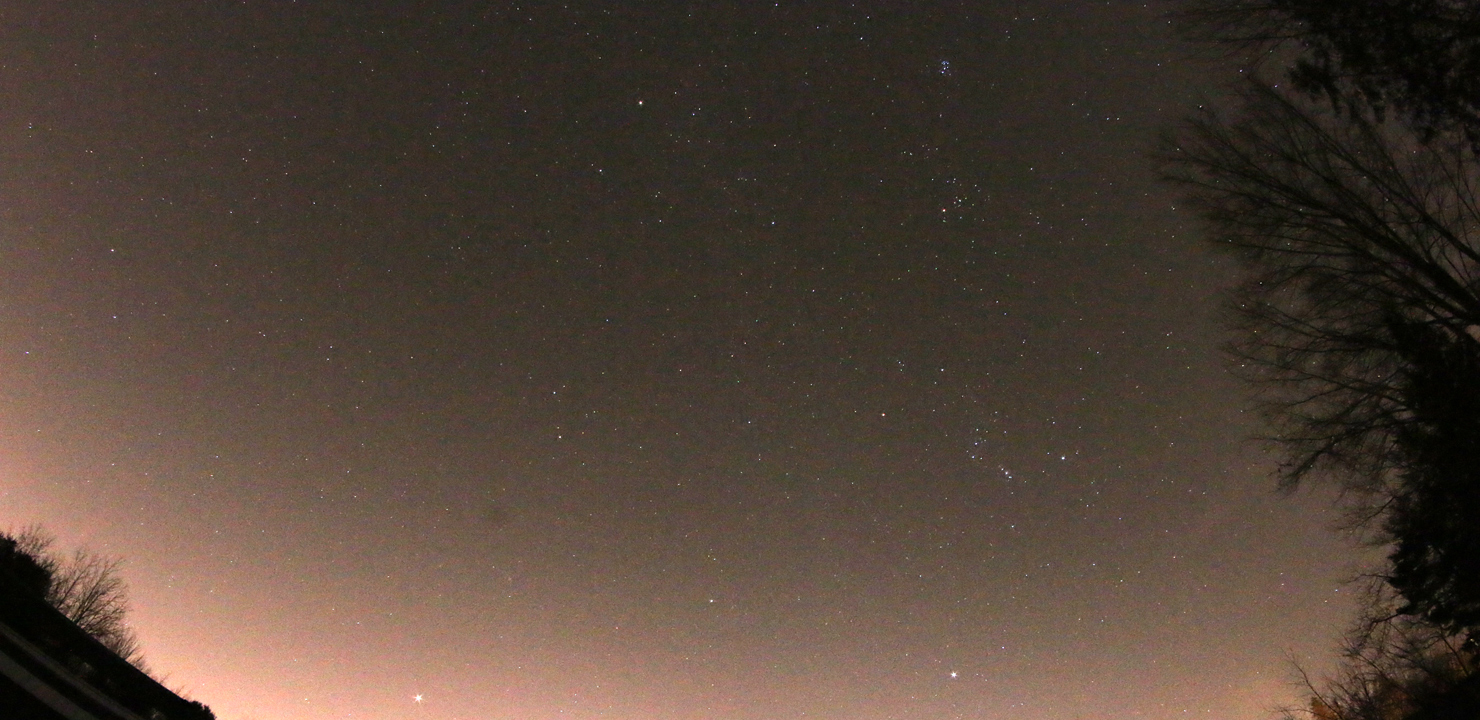
Observing the Winter Circle
: By Dave HuestisReason for the Season(s)
: By Dave Huestis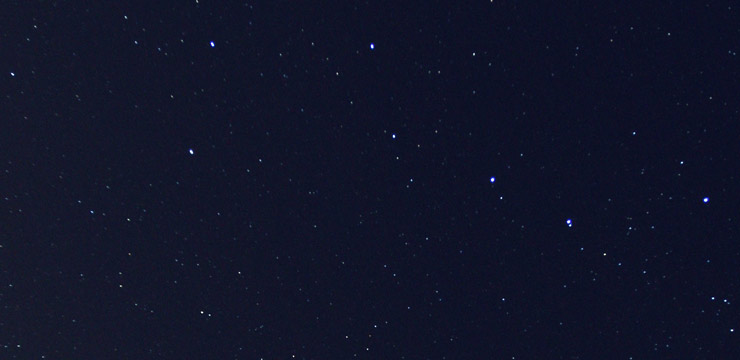
Getting to Know the Big Dipper
: By Jim Hendrickson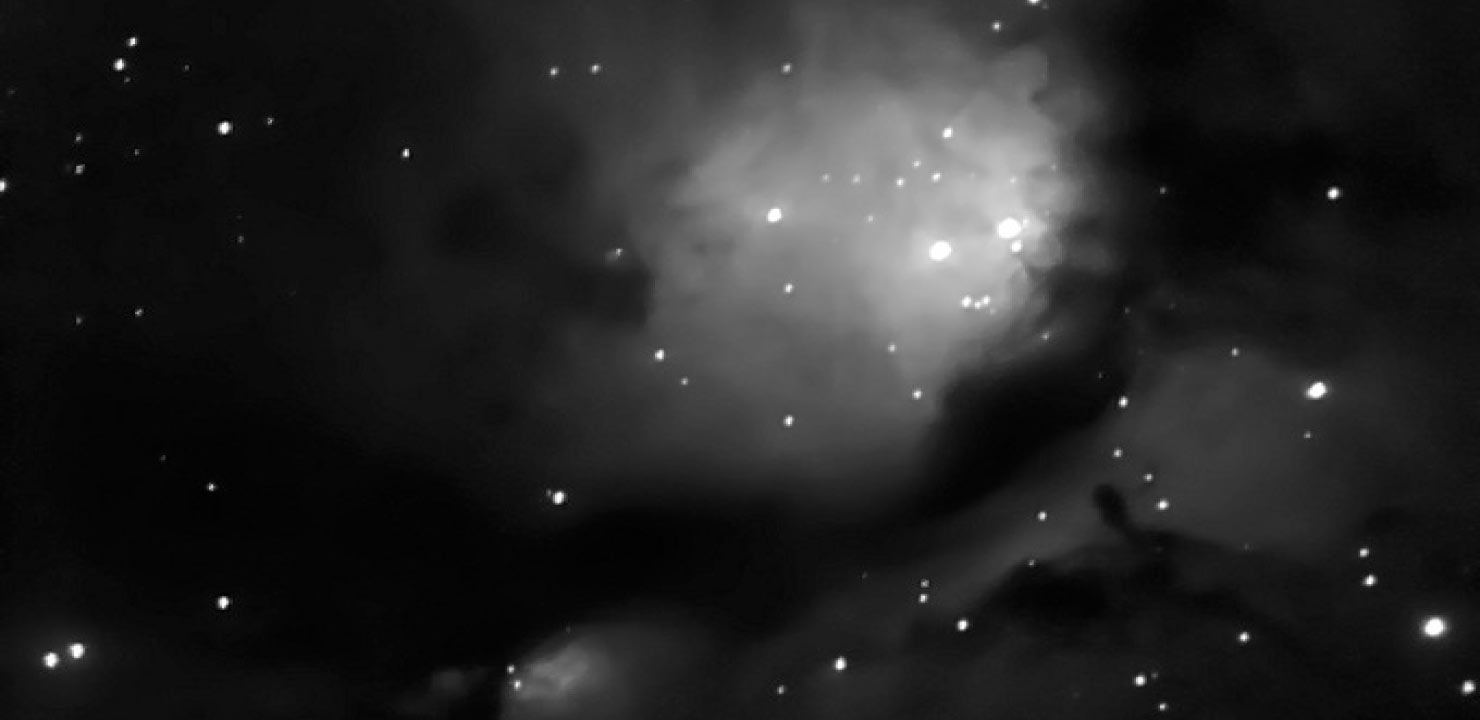
M78: Reflection Nebula in Orion
: By Glenn Chaple